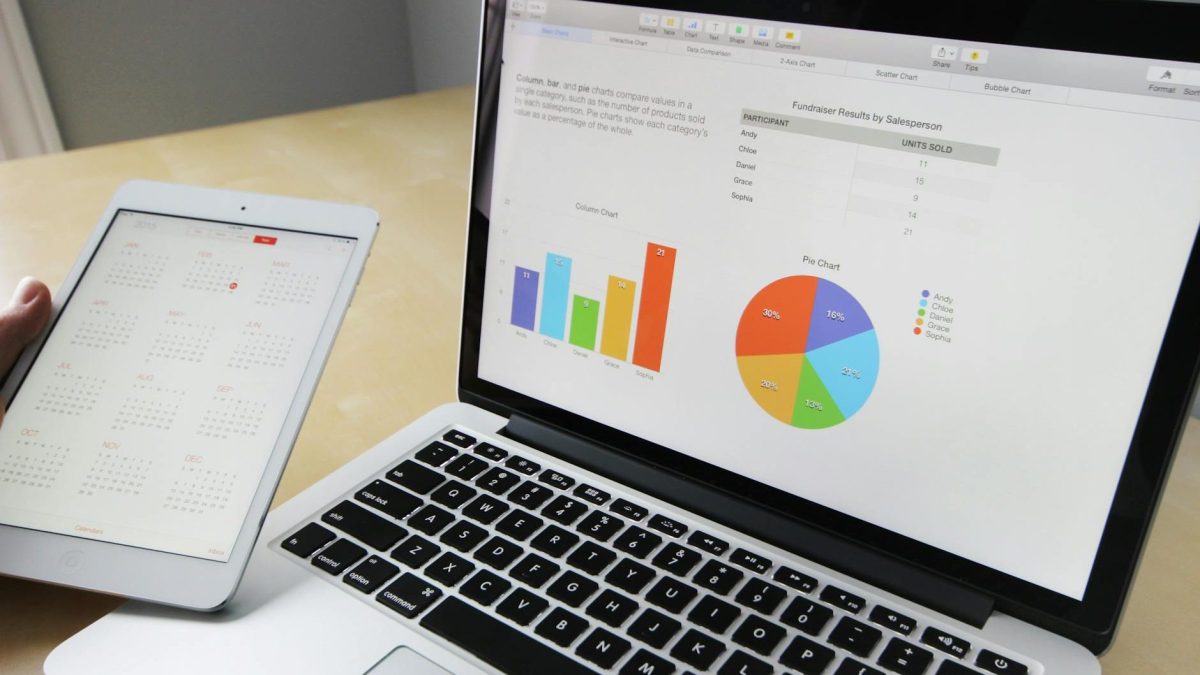Have you ever received an email with a discount on the device you were just interested in buying? You probably have. Well, that message came to you thanks to Marketing Automation.
The changing digital landscape in which we live has brought with it several emerging trends that marketers are taking advantage of to maximise the results of our actions. For some years now, there are terms that have accompanied us in the marketing world and that we have incorporated into our language, such as automation, personalisation, optimisation and, of course, artificial intelligence.
In today’s post, we are going to focus on Marketing Automation or Marketing Automation, which as its name suggests, is a set of tools and software designed to automate and simplify tasks and processes derived from a Digital Marketing strategy, in order to optimise the time and resources used in our day-to-day activities and increase the efficiency and effectiveness of marketing campaigns and teams.
Among these actions we have, for example, lead generation, audience segmentation, sending automatic flows, publishing content on social networks, among others.
Before talking about advantages and tips, we need to incorporate two terms into our language. On the one hand, workflow is a flow that is associated with a behaviour (e.g. the welcome flow) and on the other hand, triggers (e.g. subscribing to a newsletter) are events that trigger a communication.
Advantages of Marketing Automation
There are many advantages to incorporating Marketing Automation into our omnichannel strategy, but we are going to focus on 4 fundamental ones:
Time and cost optimisation: this is key. Marketing Automation allows us to save valuable time and resources by simplifying repetitive tasks and processes, which, in turn, means we can focus on more relevant and strategic business activities that require critical thinking, creativity and problem solving.
7 Marketing Automation tools
The growing importance that this discipline is acquiring has triggered the appearance of a multitude of Marketing Automation tools. Thus, each company can choose the one that best suits its needs and objectives. Today we are going to focus on 7 technological solutions:
HubSpot: possibly one of the most complete CRM solutions with the largest share of global customers thanks to all the possibilities it offers such as marketing, sales, customer service, operations and content management to provide the best customer experience.
Salesforce: is another great tool and very popular in the automation sector. This CRM is designed to bring together, in a single solution, all the processes related to our customers.
ActiveCampaign: its affordable price makes this tool ideal for beginners in Inbound Marketing and Marketing Automation. It has many CRM functionalities that will help us in customer relations and uses artificial intelligence algorithms to optimise campaigns.
Klaviyo: This automation platform is designed primarily for email and SMS marketing. It is ideal for companies looking to engage with customers more effectively using data-driven strategies.
PushOwl: is a web notification application that helps you drive sales and customer activation. Its interface is intuitive and fits for businesses of any size. It also has flows to reduce, for example, cart abandonment rates.
Metricool: this solution is perfect for social media planning and analysis. You can manage all your social profiles from a single platform, access metrics and plan content to save time.
Intercom: For those looking to provide a personalised and satisfying experience, this messaging and customer service platform is essential. It enables businesses to communicate effectively with their customers.
Tips for successful implementation of Marketing Automation
As we have seen, Marketing Automation allows us to execute tasks and simplify them, forgetting the complex and not very scalable manual management. However, we must always bear in mind that effectiveness is not achieved from one day to the next.
Think and then automate
It is something that seems very obvious, but many times, day to day life eats us up and we don’t have time to stop. Before jumping into the pool, we first have to check if it contains water and its depth. The same applies here. The first fundamental tip is that before rolling up your sleeves and starting to automate processes, take a moment to review your objectives.
Quality versus quantity
We have already seen that there are a multitude of Marketing Automation tools, and more to come! Therefore, we must be very selective when choosing them. Depending on your objectives and the profile of your business, some will be more suitable than others. The idea is not to put on air thousands of meaningless flows, but to listen to what your customers need.
In addition, we must always strive to provide valuable content that is aligned with our customers’ interests. When automating processes, they should be linked and aligned with our strategies. In fact, a good practice is to integrate Marketing Automation with your Inbound Marketing strategy, delivering messages to customers at the precise moment they require them.
Forget generic messages
There is no need to send a generic message to your entire contact base. All the effort that goes into these communications can simply end up in the deleted or spam folder. We need to manage customer expectations and to do so, it is essential to take care of the details and hyper-personalise communications. For example, a positive experience is to receive a web notification personalised with your name and appropriate to the stage of the customer journey you are in.
Engagement is good, but retention and interaction are better
Don’t just think about acquisition, think about retaining and re-engaging users who have made a purchase. Use Marketing Automation strategies that encompass the entire funnel, from the top of the funnel to the end. Turn your customers into repeat customers thanks to automated actions.
Here, Content Marketing plays a key role in building relationships with your customers. Try to keep them involved so that they feel part of and interact with the brand.
The unstoppable advance of automation
Automation is an unstoppable trend that affects almost every aspect of our working and even personal lives. Most professionals see great potential in its use, making it a great ally, but there are also certain concerns and challenges we face when adopting it. The latest marketing trends focused on personalisation, mobile optimisation, interactive content and AI invite us to embrace it.
Therefore, the key is to promote a responsible use with a balanced approach, without turning our backs on this powerful technology that has come to improve our quality of life and the performance of our businesses.









